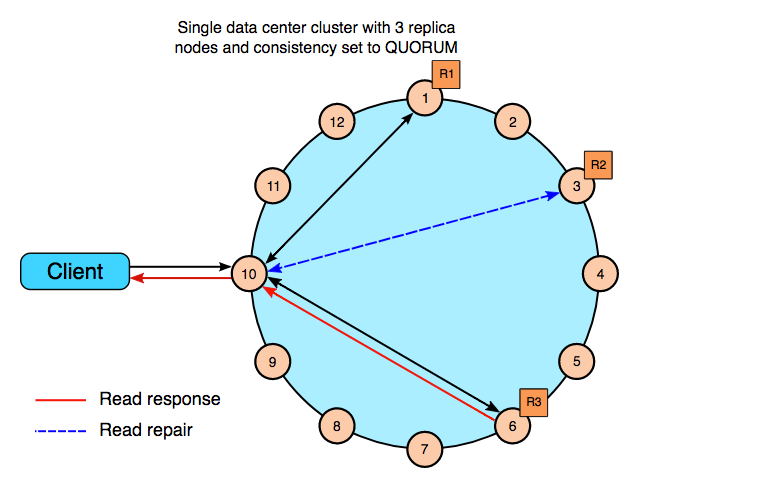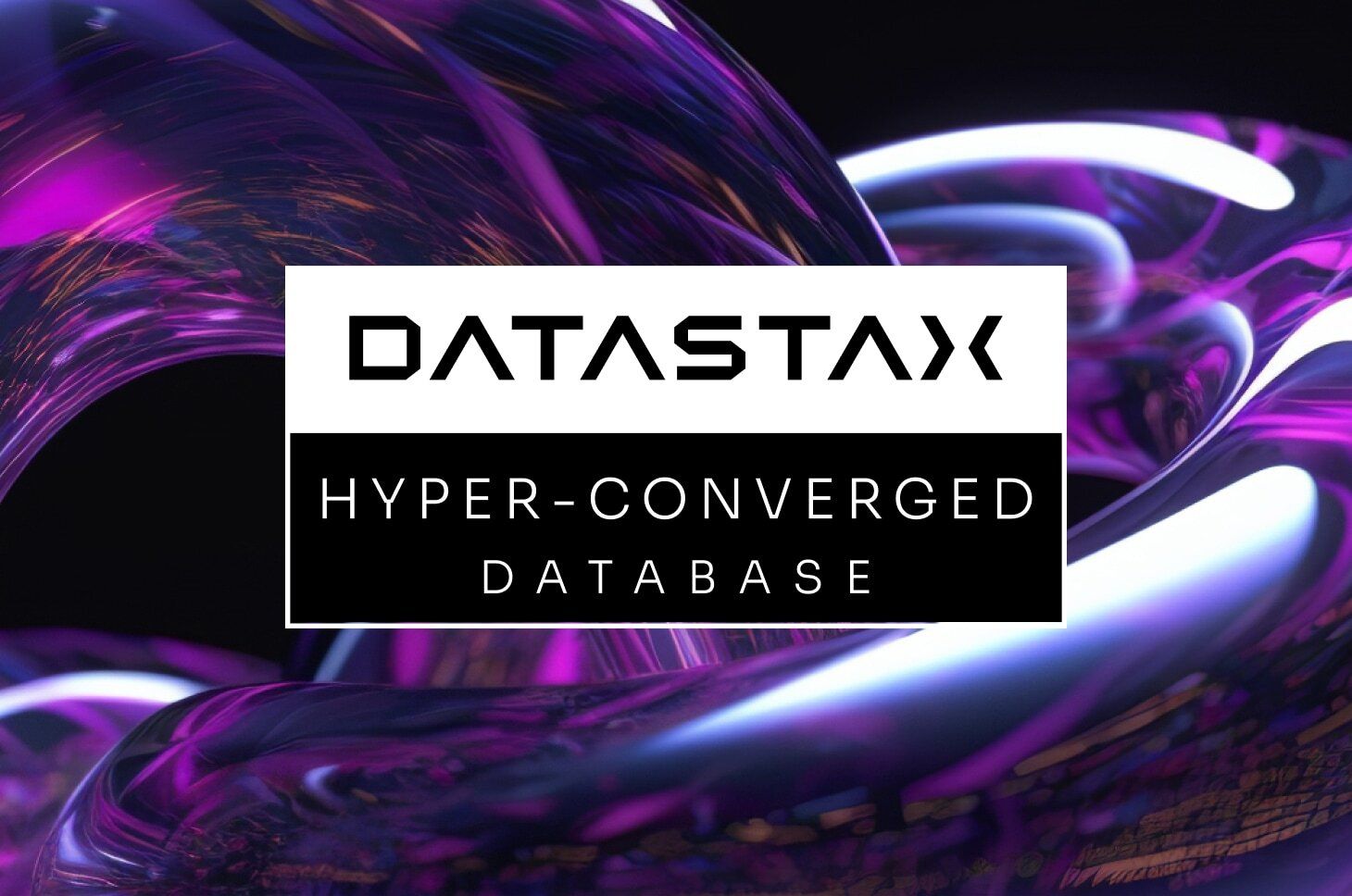There are 3 mechanisms for making sure that your data stays in sync and consistent.
- Read Repair
- Hinted Handoff
- Anti-Entropy Repair
Read Repair
Read Repairs compare values and updates (repairs) any out of sync. Read Repairs happen when a read is done — the coordinator node then compares the…



